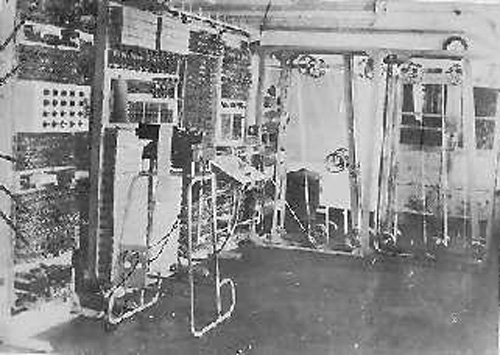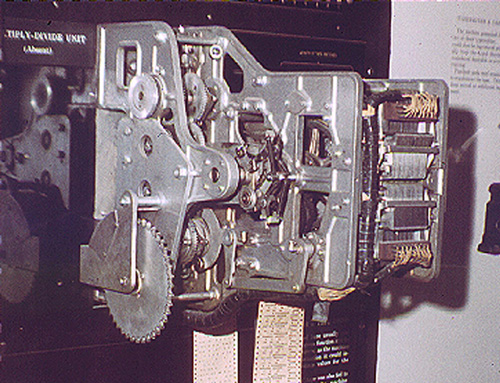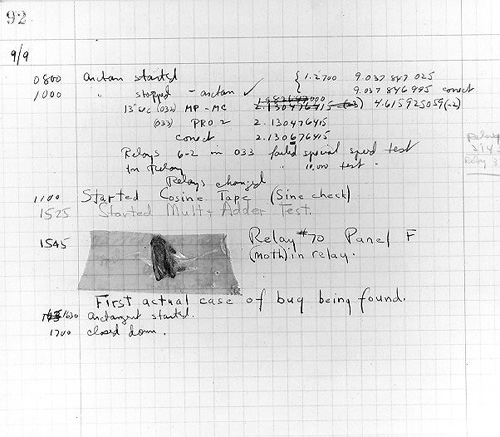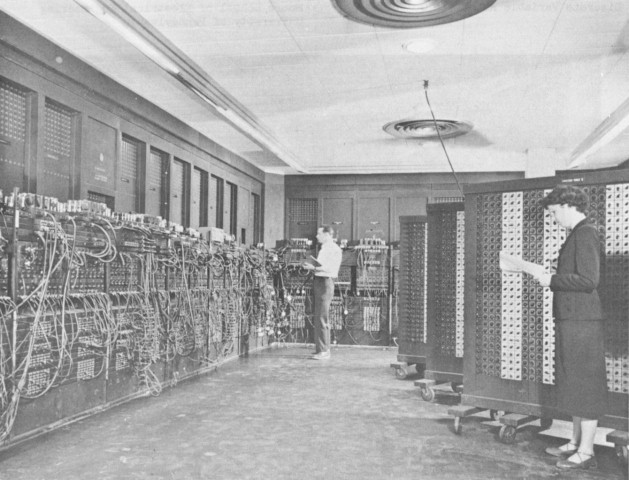In 1941 John Atanasoff and Clifford Berry, working at what is now Iowa State University, complete a machine (the ABC machine) to solve systems of linear equations. This machine took 1 second to add two numbers.
In late 1943 a computer named Collosus first ran. This machine was designed in part by Alan Turing and was built to crack the German "Enigma" code during WWII. Ten of these machines were built, but all were destroyed when they finished their work to preclude any possibility that they might fall into the wrong hands.

In 1944 the Harvard Mark I was completed. This machine was built by a team at Harvard Univesity including Howard Aiken (1900-1973) and was partially fiananced by IBM. The machine was 51 feet long, weighed 5 tons and had 750,000 moving parts. It was important because it was the first large scale, automatic, general purpose computer. It was designed to compute ballistics tables for the U.S. Navy.

In 1945 the Mark II, successor to the Mark I, became the first computer to be "debugged". Grace Hopper, who would later design the COBOL programming language, found a moth caught in one of the relays of the computer. Her logbook, including the moth itself, are preserved in the Museum of American History at the Smithsonian Institution.

In 1946 the ENIAC (Electronic Numerical Integrator and Computer) was completed. Designed by John W. Mauchly and J. Presper Eckert, the ENIAC was the first totally electronic digital computer. It weighed 30 tons and used 18,000 vacuum tubes, consuming 25kW of electrical power. It was capable of 100,000 calculations per second. It was programmed by rewiring.

In 1947 William Shockley, John Bardeen and Walter Brattain invented the transfer resitor or transistor. This device revolutionized the entire electronics industry in general and the design of the computer in particular. It performed the same function as the vacuum tube (switching an electric current) but was smaller, required much less energy and was more reliable.

In 1947 the EDVAC (Electronic Discrete Variable Computer) was proposed by John von Neumann. This was the first computer to use magnetic tape to store programs. Now, instead of rewiring part of the computer to reprogram it, all that was necessary was to copy the contents of a magnetic tape into the computer's memory. The EDVAC was smaller, faster and cheaper to operate than the ENIAC.
